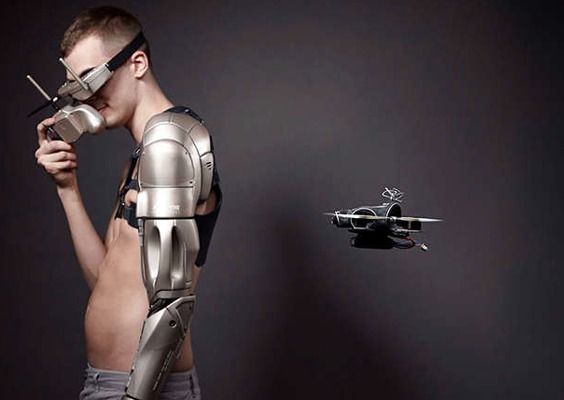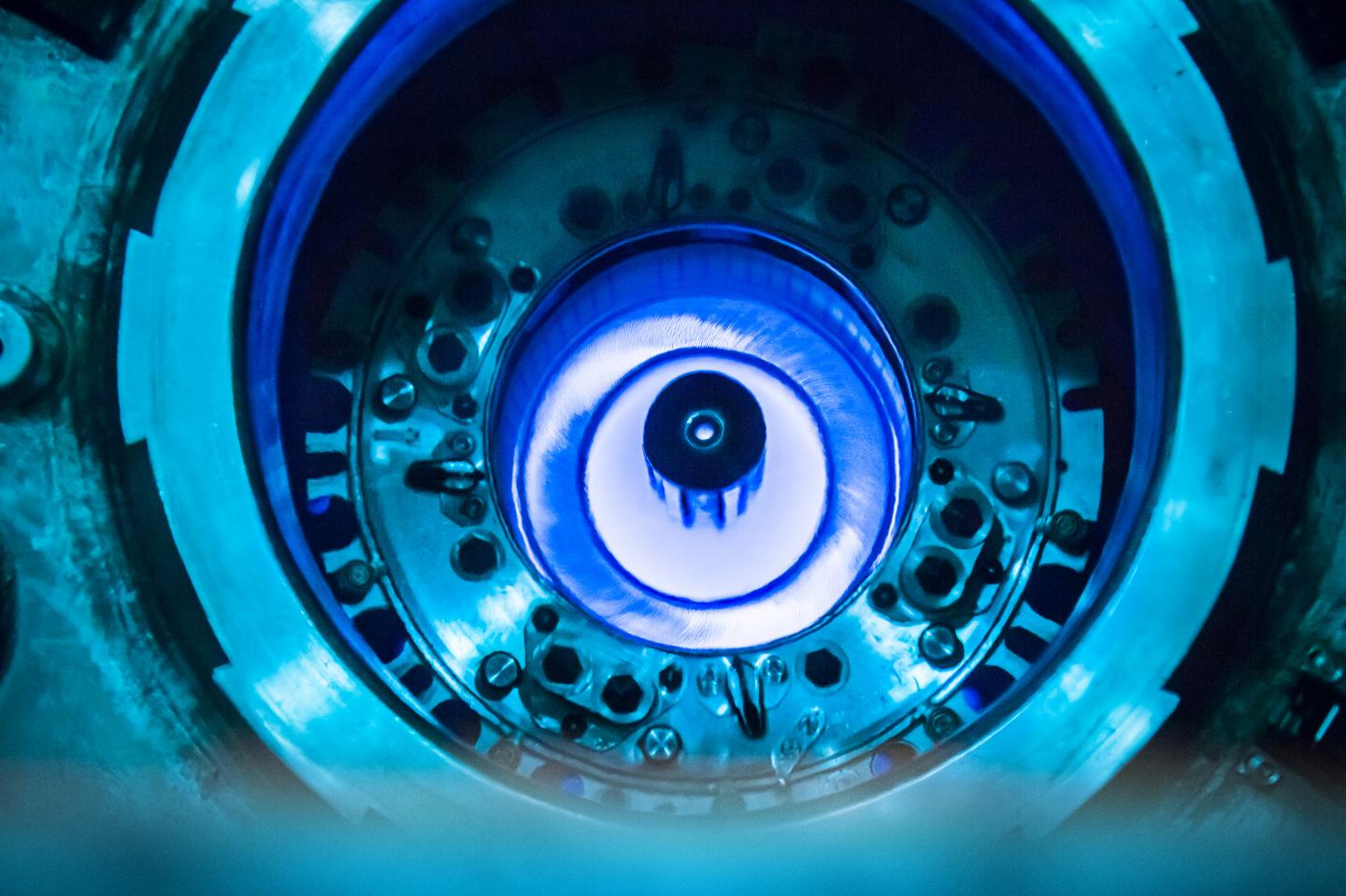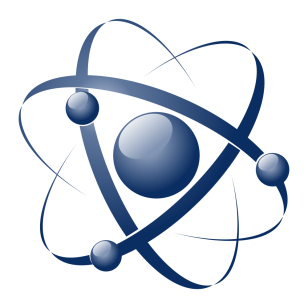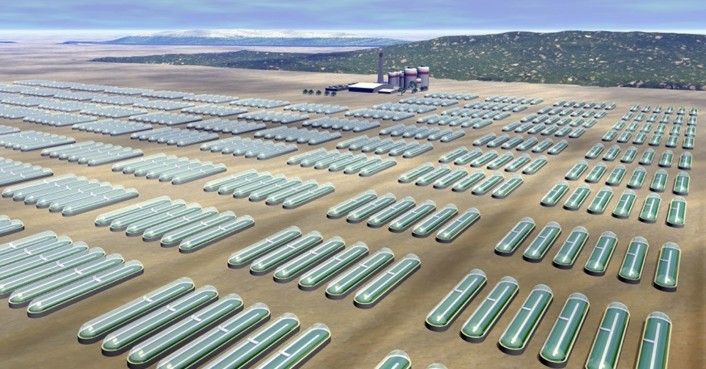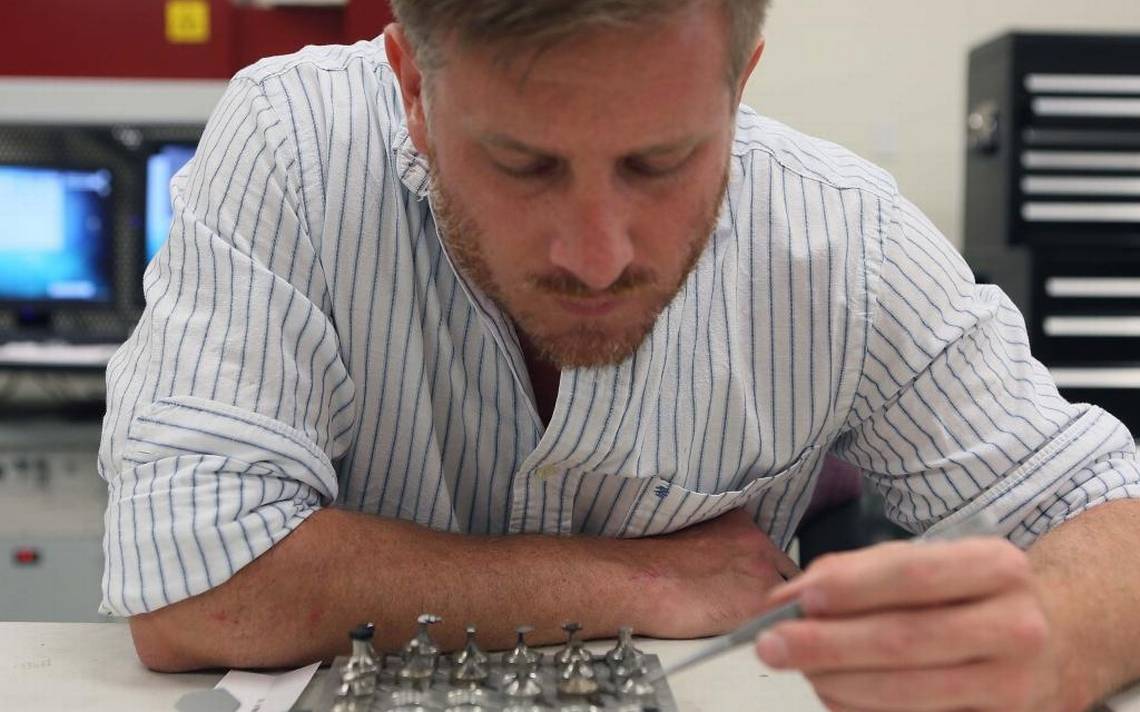Page 11481
Jun 18, 2016
Long Promised Artificial Intelligence Is Looming—and It’s Going to Be Amazing
Posted by Klaus Baldauf in categories: biotech/medical, computing, robotics/AI, transportation
We have been hearing predictions for decades of a takeover of the world by artificial intelligence. In 1957, Herbert A. Simon predicted that within 10 years a digital computer would be the world’s chess champion. That didn’t happen until 1996. And despite Marvin Minsky’s 1970 prediction that “in from three to eight years we will have a machine with the general intelligence of an average human being,” we still consider that a feat of science fiction.
The pioneers of artificial intelligence were surely off on the timing, but they weren’t wrong; AI is coming. It is going to be in our TV sets and driving our cars; it will be our friend and personal assistant; it will take the role of our doctor. There have been more advances in AI over the past three years than there were in the previous three decades.
Even technology leaders such as Apple have been caught off guard by the rapid evolution of machine learning, the technology that powers AI. At its recent Worldwide Developers Conference, Apple opened up its AI systems so that independent developers could help it create technologies that rival what Google and Amazon have already built. Apple is way behind.
Continue reading “Long Promised Artificial Intelligence Is Looming—and It’s Going to Be Amazing” »
Jun 17, 2016
Scientists seek new physics using ORNL’s intense neutrino source
Posted by Karen Hurst in categories: nuclear energy, particle physics
Congrats to David Dean fellow Oak Ridge researcher and leader in ORNL’s efforts on this impressive research.
OAK RIDGE, Tenn., June XX, 2016—Soon to be deployed at the Department of Energy’s Oak Ridge National Laboratory is an experiment to explore new physics associated with neutrinos. The Precision Oscillation and Spectrum Experiment, or PROSPECT, is led by Yale University and includes partners from 14 academic and governmental institutions. The DOE High Energy Physics program will support the experiment at the High Flux Isotope Reactor (HFIR), a DOE Office of Science User Facility at ORNL. The neutrino, the subject of a 2015 Nobel Prize, remains a poorly understood fundamental particle of the Standard Model of particle physics.
These electrically neutral subatomic particles are made in stars and nuclear reactors as a byproduct of radioactive decay processes. They interact with other matter via the weak force, making their detection difficult. As a result of this elusiveness, neutrinos are the subject of many interesting and challenging detection experiments, including PROSPECT.
Continue reading “Scientists seek new physics using ORNL’s intense neutrino source” »
Jun 17, 2016
Marrying superconductors, lasers, and Bose-Einstein condensates
Posted by Karen Hurst in categories: particle physics, quantum physics, transportation
Nice.
Chapman University Institute for Quantum Studies (IQS) member Yutaka Shikano, Ph.D., recently had research published in Scientific Reports. Superconductors are one of the most remarkable phenomena in physics, with amazing technological implications. Some of the technologies that would not be possible without superconductivity are extremely powerful magnets that levitate trains and MRI machines used to image the human body. The reason that superconductivity arises is now understood as a fundamentally quantum mechanical effect.
The basic idea of quantum mechanics is that at the microscopic scale everything, including matter and light, has a wave property to it. Normally the wave nature is not noticeable as the waves are very small, and all the waves are out of synchronization with each other, so that their effects are not important. For this reason, to observe quantum mechanical behavior experiments generally have to be performed at a very low temperature, and at microscopic length scales.
Continue reading “Marrying superconductors, lasers, and Bose-Einstein condensates” »
Jun 17, 2016
Startup creates renewable hydrogen energy out of sunlight and water
Posted by Andreas Matt in categories: energy, sustainability
California startup HyperSolar and University of Iowa researchers have teamed up to make renewable energy in a way that draws inspiration from plants. Using water and sunlight, they are able to make renewable hydrogen energy. At the end of May, HyperSolar announced a “breakthrough” in efficiency, and the University of Iowa just renewed a year-long research agreement with the startup.
Jun 17, 2016
Method for detecting quantum entanglement refined
Posted by Karen Hurst in categories: computing, particle physics, quantum physics
This is huge! They have been able to develop a method to trace high-dimensional entanglement.
Before this point, we had a method that could trace entanglement to limited level among particles; this method allows us to detect high-dimensional entanglement and even enable us to certify whether or not the system has reached the maximum level of entanglement.
So, we are now going to finally see “real” full-scale quantum computing. This changes everything.
RMIT quantum computing researchers have developed and demonstrated a method capable of efficiently detecting high-dimensional entanglement.
Continue reading “Method for detecting quantum entanglement refined” »
Jun 17, 2016
Miami’s DiAmante produces synthetic diamonds for high-tech applications
Posted by Karen Hurst in categories: 3D printing, computing, quantum physics
Congrats DiAmante! Synthetic Diamond perfection for Quantum Computing and other technologies such as medical technology usage. Synthetic Diamonds (for all you startups or folks looking for something to get into) mass manufacturing is a huge demand area and it is only going to grow in demand with QC and the new medical technologies that are coming over the next 5 to 7 years. I have been researching 3D printers to see what can be done to mimic the process. Suggest HP and Intel to work hard in this space. I did locate one printer so far that is mass producing synthetic diamonds; the quality needs to be improved.
DiAmante makes synthetic diamonds for the semiconductor market.
The founder’s goal: ‘a diamond-based technology revolution’
Continue reading “Miami’s DiAmante produces synthetic diamonds for high-tech applications” »
Jun 17, 2016
Los Alamos Gets Closer To Quantum Computing
Posted by Karen Hurst in categories: computing, particle physics, quantum physics
A walk down memory lane: I thought it would be fun to revisit an article from 1998 about Los Alamos’ announcement about their move to Quantum Computing which we found out later they expanded it to include a Quantum Network which they announced in 2009 their success in that launch. Times certainly have changed.
LOS ALAMOS, N.M., March 17, 1998 — Researchers at the Department of Energy’s Los Alamos National Laboratory have answered several key questions required to construct powerful quantum computers fundamentally different from today’s computers, they announced today at the annual meeting of the American Physical Society.
“Based on these recent experiments and theoretical work, it appears the barriers to constructing a working quantum computer will be technical, rather than fundamental to the laws of physics,” said Richard Hughes of Los Alamos’ Neutron Science and Technology Group.
Hughes also said that a quantum computer like the one Los Alamos is building, in which single ionized atoms act like a computer memory, could be capable of performing small computations within three years.
Jun 17, 2016
Map of diamond-boron bond paves way for new materials
Posted by Karen Hurst in category: materials
Great writeup and goes well with the other posting on DiAmanti’s new perfected synthetic diamonds.
Scientists in Japan have successfully recorded the atomic bonds between diamond and cubic boron nitride: the hardest known materials on earth. This feat could ultimately lead to the design of new types of semiconductors.
Diamond is the hardest material in existence but is useless for cutting steel because it reacts with iron, from which steel is made, at high temperatures. Cubic boron nitride, a synthetic material, is the second hardest substance after diamond but is chemically stable against iron at high temperatures. If desirable composites of diamond and cubic boron nitride crystals could be obtained, a unique machining tool could be developed for work on hard rock and substances that contain iron. Also, a better understanding of the bonds formed between these two unique semiconducting materials could lead to the development of new types of semiconductors. The nature of these bonds was previously unknown.
Continue reading “Map of diamond-boron bond paves way for new materials” »
Jun 17, 2016
Could an implant have saved the life of the toddler attacked by an alligator?
Posted by Zoltan Istvan in categories: biotech/medical, business, computing, geopolitics, mobile phones, transhumanism, transportation, wearables
A new article considering chip implants:
Among other tragedies in Florida recently gripping America’s attention, a 2-year-old boy was snatched away from its parents by an alligator at Walt Disney World on Wednesday. I have a similar-aged toddler myself, and I followed this heartbreaking story closely. Unfortunately, it ended as horribly as it began, with the recovery of a dead child.
My presidential campaign with the Transhumanist Party is based on advocating for radical science and technology to make the world a better place for humans. As a result, for nearly two years I have been advocating for using chip implants in people to help keep them safer. Chip implants are often just the size of a grain of rice and can be injected by a needle in a nearly pain-free 60-second procedure. The implants can do a multiple array of things depending on the type. And much of the technology has been used in pets for over a decade, so it’s already been shown to be relatively safe.
Continue reading “Could an implant have saved the life of the toddler attacked by an alligator?” »
